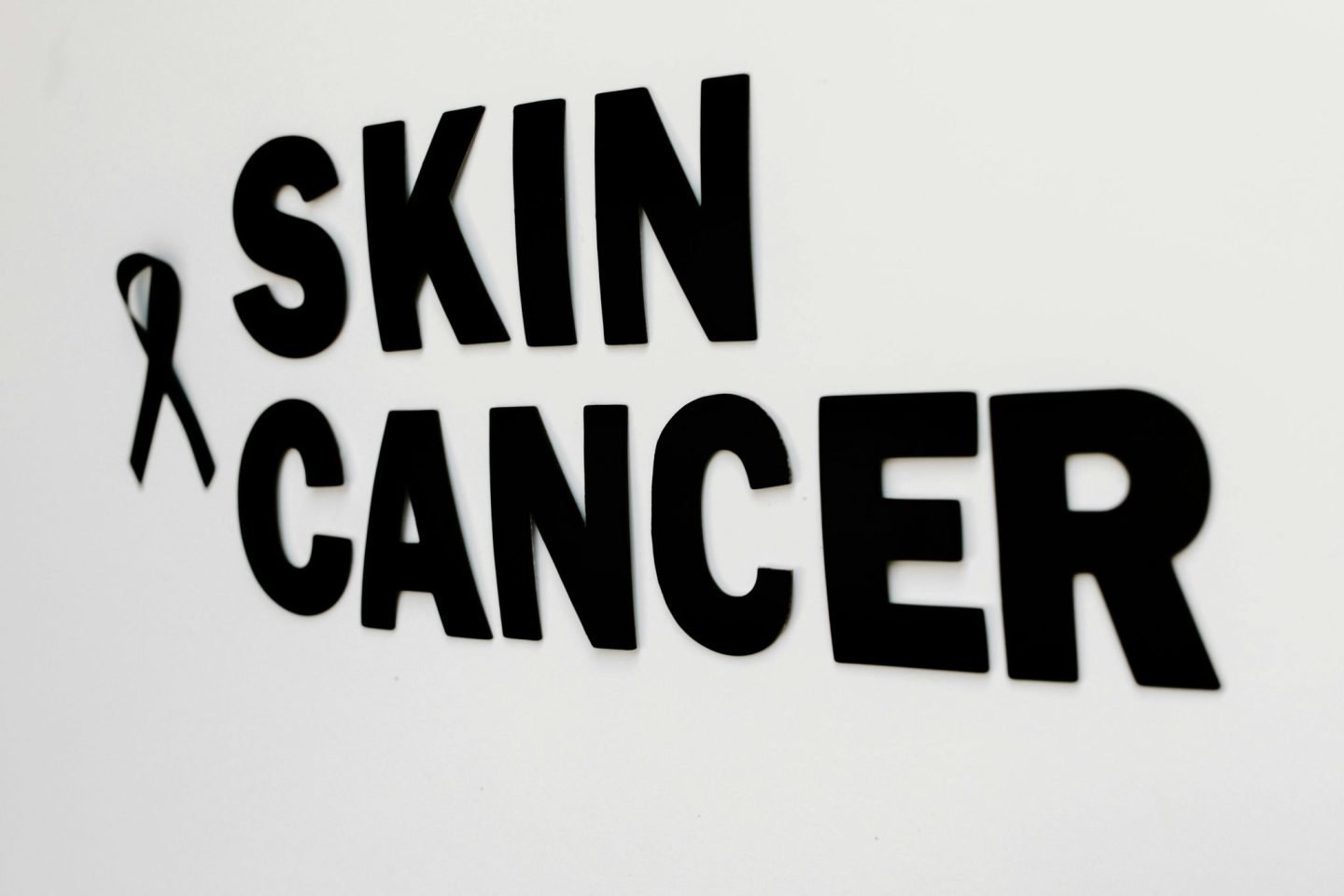
In previous times, when there was no awareness of cancer and its types people died usually in uncertainty. There was no mechanism of detection at the early stages but now skin cancer and even all types of cancer are detectable due to awareness regarding the recognition of symptoms and its early treatment.
Yes, now there are many methods for detecting skin cancer effectively and you can consult from skinchx.com.au as well. Let’s go into detail to increase awareness.
Skin Cancer & The Basics
Skin cancer usually occurs when the skin cells start deteriorating or grow uncontrollably due to harsh UV rays, tanning beds, or more. There are three basic types of skin cancer with different characteristics:
- Basal Cell Carcinoma (BCC): This one is the most common type, and it appears as a small, shiny bump in sun-exposed areas.
- Squamous Cell Carcinoma (SCC): It is like a red, scaly patch or sore that may crust or bleed.
- Melanoma: The most dangerous form of cancer, which can develop in existing moles or appear as a new dark spot on the skin.
Key Signs to Identify Skin Cancer
Early detection of skin cancer is essential, and here are a few key signs that everyone should notice:
- If you have moles or spots, look at them if there are some changes in their size, shape, or color. You use the ABCDE rule. Asymmetry: One half of the mole doesn’t match the other. Border: Irregular, notched, or blurred edges. Color: Uneven shades of brown, black, pink, or red. Diameter: Spots larger than 6mm should be checked. Evolving: Any change in size, shape, color, or symptom, such as itching or bleeding.
- If you see or feel new growth in the skin that grows and you find it unusual, visit a doctor.
- If you have wounds or sores that don’t heal after several weeks, it may indicate skin cancer.
- Anywhere you feel contact, itching, tenderness, pain, or unexplained discomfort can be a warning sign.
How to Perform Self-Examination?
Identify changes in your outer body with self-exams. You can inspect your body from head to toe, even the less visible areas like the scalp, soles of the feet, and under the nails. You can also use a small mirror that can help you see your back, neck, and other hard-to-reach areas. It is good to take a photo of a mole or spot to see any changes over time.
Professional Screening and Diagnosis
Self-examination is essential, and if you feel anything or even not, from time to time, visit a clinic for professional screening, which is important for an accurate diagnosis. If you are living in Perth, WA, Skin Chx is highly recommended for skin cancer screening Perth Here are the main methods:
- Dermatologist Examination: A dermatologist will perform a detailed skin check and focus on any suspicious areas.
- Dermatoscopy: It is a non-invasive tool that has a magnifying lens and light to examine skin lesions more closely.
- Biopsy: If a suspicious area is found, a small tissue sample is taken and analyzed under a microscope to confirm the presence of cancer cells.
- Imaging Tests: In advanced cases, imaging tests like CT scans, MRIs, or PET scans may be used to determine the extent of cancer spread.
Technological Advances in Detection
There are now many technological innovations for the early detection of skin cancer, like Artificial Intelligence (AI) in Dermatology, where the AI system can analyze images of skin lesions and predict cancer risk with increasing accuracy.
Even now, many applications let users photograph and track changes in their skin, with some even offering AI analysis. Total body photography and mole mapping methods create a detailed visual record of your skin and help to monitor changes over time.
Preventative Measures For Skin Cancer
Prevention is better than cure, and here are some ways in which we can reduce the risk of skin cancer:
- Protect yourself from the sun and direct UV rays. For this, you can apply sunscreen with a minimum SPF 30 whenever you go out.
- Wear clothing that covers your arms and legs.
- It is important to visit skin specialists at least on an annual basis, especially for those with a history of skin cancer or high-risk factors like fair skin, a history of sunburns, or a family history of skin cancer.
Final Words
Now skin cancer is treatable if you detect its early symptoms and agree to the treatment at early stages. if you understand the signs, conduct self-exams, and go for professional help there are very less chances of worsening the situation. Seek awareness and spread awareness about skin cancer!
